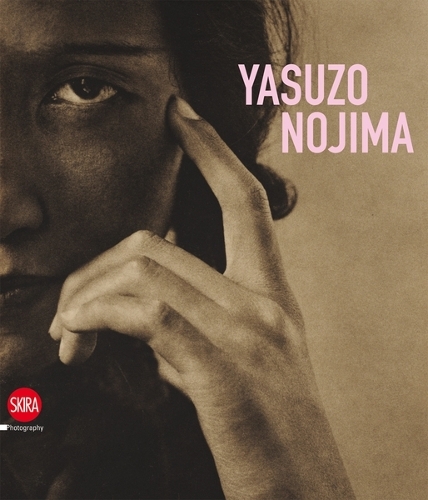
Yasuzo Nojima
(Hardback)
Publishing Details
Yasuzo Nojima
By (Author) Filippo Maggia
By (author) Chiara Dall'Olio
Skira
Skira
1st December 2011
Italy
Classifications
General
Non Fiction
779.092
Physical Properties
Hardback
144
1100g
Description
The first English language monograph on one of the most important figures in the history of modern Japanese photography. Nojima's works range from kaiga shugi shashin (pictorial photography) to shinko shashin (new/straight photography) of the early twentieth century. His earliest photographs are characterized by a density and heaviness echoing that of pictorialism, based in his subtle sensitivity and the pigment printing process, the mainstream printing method of that time. In the 1930s, his style takes a drastic turn under the influence of new trends in German photography, shifting toward cropped gelatine silver prints in pursuit of a form of expression that is unique to the medium. Nojima was also known as an enthusiastic art lover, opening a gallery called 'Kabutoya Gado' (1919-20) in the Jimbo-cho district of Tokyo at his own expense, holding exhibitions of works by up-and-coming artists - especially those of the Shirakaba-ha (White Birch Group), a literary movement that included artists such as renowned painters Umehara Ryuzaburo (1888-1986) and Kishida Ryusei (1891-1929) - in the salon located in his own home, and acting as a patron for these artists. As an advocate of contemporary art of his time, Nojima not only ran a gallery but also took photographs of artworks for their publication in art magazines and monographs.
Author Bio
Filippo Maggia teaches History of Contemporary Photography and Design at the Istituto Europeo di Design in Turin.
